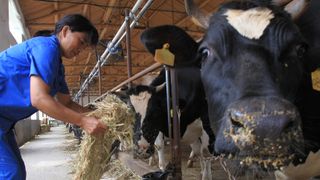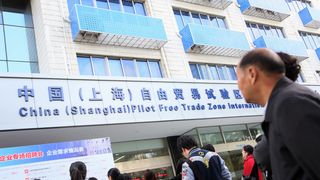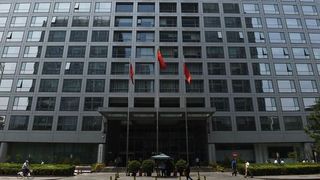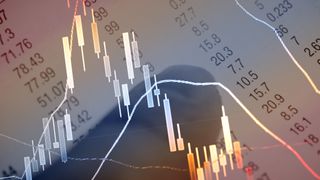
Tesla’s financial gamble: setting up in China
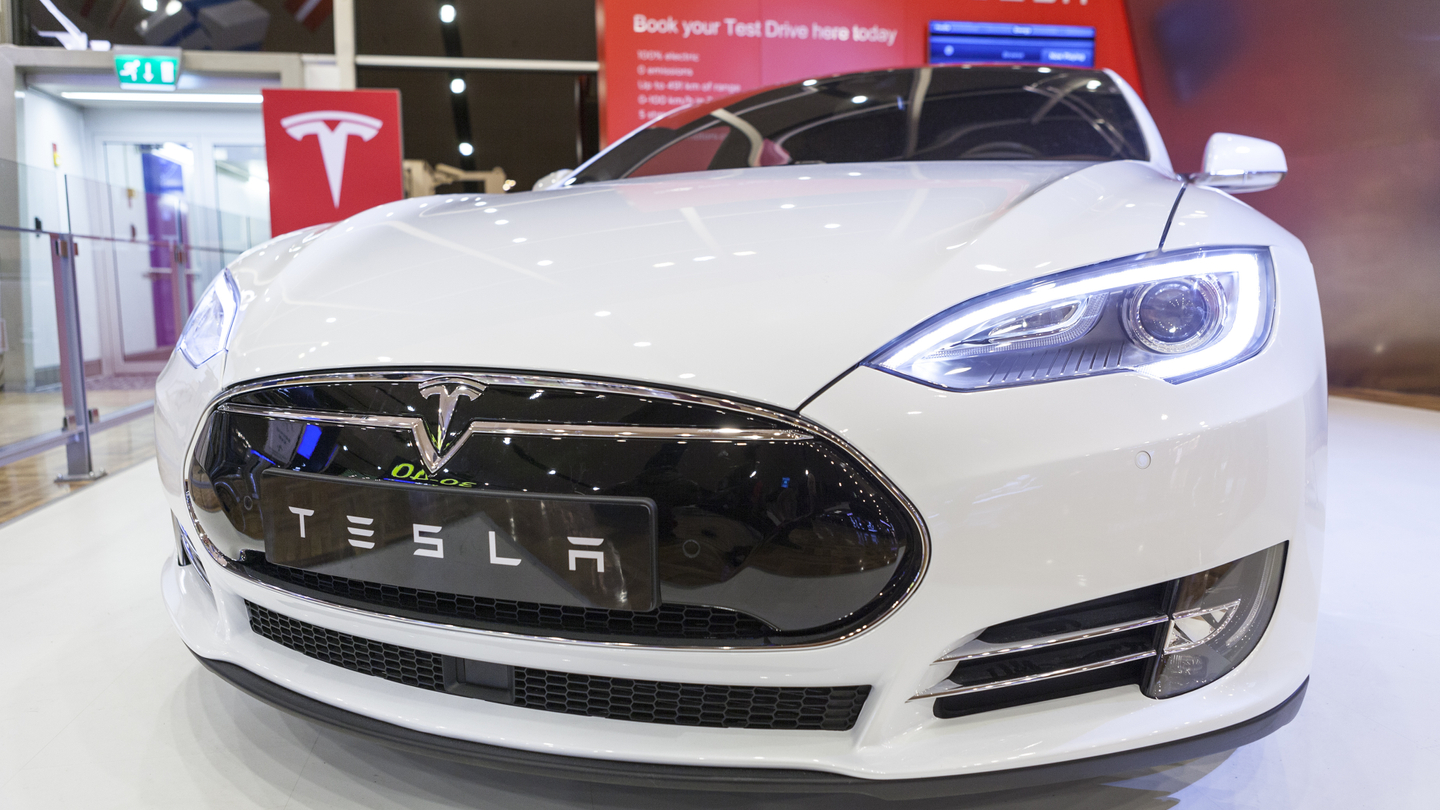
Elon Musk's electric car venture Telsa announced in late June it was in talks with the Shanghai municipal government about setting up manufacturing operations in the region. Musk, the group's chairman and CEO, is keen to grow its share of the Chinese car market, the largest in the world, which represented 15% of Tesla’s global revenue in 2016.
Setting up any operation in China will have its difficulties, however. CT spoke to analysts to understand the principle risks Tesla’s finance and treasury operations will face.
Localising the supply chain
The company needs to think carefully about its supply chain model in China.
At present, Tesla imports the cars it sells in China and incurs a hefty 25% import duty. Should the manufacturer decide to produce all of the car or its major components onshore, it could benefits from tax breaks and mitigate against some foreign exchange risk.
“[Therefore] a big decision for the CFO and rest of the management team is whether to [set up] the battery production in China” said Steve Man, an analyst covering the automobile market at Bloomberg Intelligence. “If they do so, how are they going to fund it?”
Battery production accounts for around 48% of the total manufacturing cost of electric cars across the industry, according to a Bloomberg New Energy Finance report dated May 25.
At the moment, Tesla produces batteries at its “Gigafactory 1” facility in Nevada. This has proven in the past to create economies of scale that benefit Tesla and reduce dependency on third party suppliers. It is unclear whether Tesla is willing to manufacture these batteries in China, but if it does not do so it will face additional tariffs and potential supply chain issues.
“If they have to import those components into China… it may offset the benefit from the reduction on the 25% tariff,” Man said.
Many of Tesla’s global competitors, including General Motors and Volkswagen, produce all of their components in China. This has the added benefit of saving the local joint venture from managing currency risk that arises from importing.
However, luxury brands such as BMW and Mercedes-Benz import around half of their parts for further assembly in China, according to Man.
Managing a joint venture
All car manufacturers looking to operate onshore need to set up a joint venture with a local Chinese company. However, finding the right company to work could prove to be the toughest challenge.
The Chinese government has since 1994 dictated that a foreign carmaker must form a joint venture with a local partner, with the Chinese side owning no less than half of the venture. A recent example is Volkswagen AG’s decision in November to enter a joint venture with Shanghai Automotive Industry Corporation to build Audi-branded cars.
A good JV partner should have leverage with various levels of Chinese government, Man said. This, for example, could help Tesla find a good location to set up its plant. The partner should also be able to help the company expand its distribution network.
The exact cooperation model matters to corporate treasurers as it could determine whether Tesla is entitled to receiving subsidy from the both local and central Chinese governments, a big incentive contributing to the expanding electric vehicle market. The choice of venture also has implications for cash flow and profit-sharing in future.
Looking after your dealers
Pressure on Chinese car dealers to increase their inventory has placed great strain on liquidity. Should Tesla wish to ensure its dealers stay out of trouble, it may need to establish distributor financing schemes.
“Many dealers are on the verge of capital chain break,” warned Deloitte last year. “The distribution channels of several brand dealers are shaky. Dealers withdrawals from dealership network and bankruptcy have become commonplace.”
According to Deloitte’s “China Automotive Industry Risk Study”, the average return on sales of major publicly listed dealer groups was 1.33% in 2015, a drop from 2.54% in 2013. The gross margin on new car sales declined from 2.85% to 2.54% during the same period.
“The cumulative undigested inventory of passenger vehicles in China [between 2014 and the end of 2015] reached 347,400, which was at high level and occupied a huge amount of working capital,” the report added.
“Know the automakers may or may not have to jump in… until the cycle comes back up,” Man added.
A new set of car sales regulations came into place on July 1, dismantling a rule that required car dealers to be authorised by automakers to sell their cars. The Ministry of Commerce hoped the policy would give dealers more freedom and benefit car buyers, according to state media. However, it is unclear how the rule change will affect sales costs for Chinese car makers.
FX and liquidity
While considering how Tesla should manufacture its cars George Galliers, managing director for global automotive research at Evercore ISI, noted that foreign exchange risk should be incorporated into the plan.
If the product is built and sold locally, the transaction will be denominated in the same currency. Any fluctuation in the international currency market would not affect the profit margin.
“The absolute amount [of profit or loss] may fluctuate, but the actual margin should be preserved,” Galliers said. Producing in China is therefore an “incremental complication” and “the [currency] decision ultimately rests on whether to hedge or not to hedge it,” he added.
Tesla’s treasury team will also have to consider at some stage how much cash generated in China should be reinvested in the country and how much returned to the parent company.
“I wouldn’t' expect that decision to be taken for several years, since it’s unlikely the joint venture would generate cash in [the near term],” Galliers added.
However, it is vital to keep a close eye on regulatory developments in China when cross-border activity is concerned. As Randy Ou, a vice-president of treasury at Alibaba Group, said in June at CT’s Greater China Treasury and Cash Management Forum in Shenzhen, building a close relationship with the regulator is a vital component of a treasurer’s job.
Sign-in to access CorporateTreasurer content.
Free Registration & 7-Day Trial
Note: This free trial is a one-time offer. You are eligible for one free trial per year.
